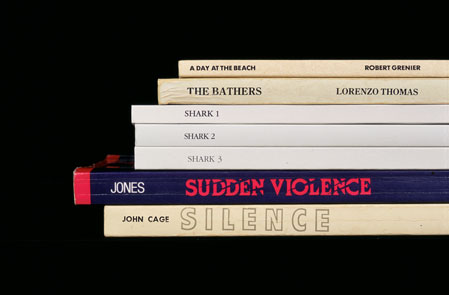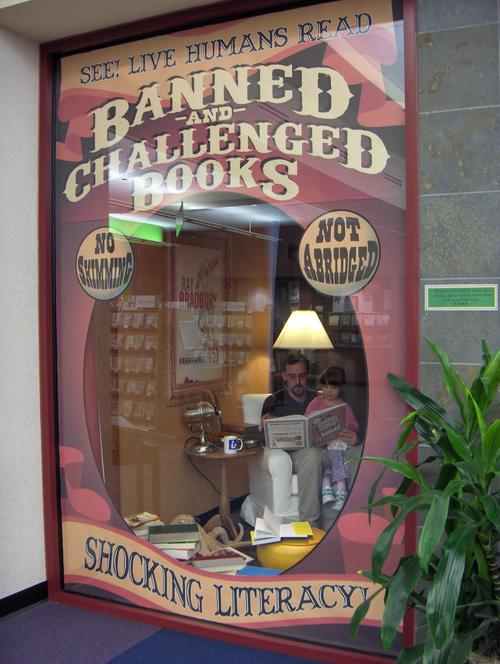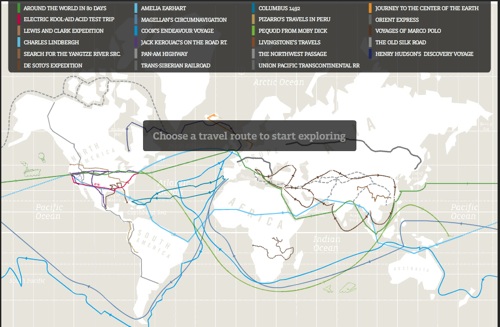Here's the straight scoop on our holiday misconceptions, with all quotations coming from the article :
Sugar causes hyperactivity in children
Regardless of what parents might believe, however, sugar is not to blame for out of control little ones. At least 12 double blind randomised controlled trials have examined how children react to diets containing different levels of sugar. None of these studies, not even studies looking specifically at children with attention-deficit/hyperactivity disorder, could detect any differences in behaviour between the children who had sugar and those who did not. . . .
Scientists have even studied how parents react to the sugar myth. When parents think their children have been given a drink containing sugar (even if it is really sugar-free), they rate their children’s behaviour as more hyperactive. The differences in the children’s behaviour were all in the parents’ minds.Suicides increase over the holidays
While the holidays might, indeed, be a difficult time for some, there is no good scientific evidence to suggest a holiday peak in suicides. . . . Further debunking myths about suicide, people are not more likely to commit suicide during the dark winter months. Around the world, suicides peak in warmer months and are actually lowest in the winter. . . . Studies from the US reflect this pattern, with lower rates in November and December than in typically warmer months.Poinsettia toxicity
In an analysis of 849,575 plant exposures reported to the American Association of Poison Control Centers, none of the 22,793 cases involving poinsettia resulted in considerable poisoning. No one died from exposure to or ingestion of poinsettia, and most (96%) did not even require medical treatment. In 92 of the cases, children ingested substantial quantities of poinsettias, but none needed medical treatment, and toxicologists concluded that poinsettia exposures and ingestions can be treated without referral to a healthcare facility.Excess heat loss in the hatless
A . . . recent study confirms that there is nothing special about the head and heat loss. Any uncovered part of the body loses heat and will reduce the core body temperature proportionally. So, if it is cold outside, you should protect your body. But whether you want to keep your head covered or not is up to you.Nocturnal feasting makes you fat
. . . just because obesity and eating more meals at night are associated, it does not mean that one causes the other. People gain weight because they take in more calories overall than they burn up. . . . Other studies found no link at all between eating at night and weight gain.You can cure a hangover
No scientific evidence, however, supports any cure or effective prevention for alcohol hangovers. . . . A hangover is caused by excess alcohol consumption. Thus, the most effective way to avoid a hangover is to consume alcohol only in moderation or not at all.For more fresh air from BMJ's Vreeman and Carroll, see Medical Myths from 2007 (1288-1289).


 A. O. Scott, film critic and editor for
A. O. Scott, film critic and editor for  Today is the Puritan poet's 400th birthday. To honor him, we recommend a trip to the
Today is the Puritan poet's 400th birthday. To honor him, we recommend a trip to the 







































 With American politics surging out of the Democratic and Republican national conventions toward the General Election pull out, you may find yourself dizzy from the spin. That's where political fact checkers enter in. These non-partisan web sites attempt to track down the truth about the outrageous claims candidates make about each other and ferret out the uncomfortable reality candidates may attempt to hide about themselves.
With American politics surging out of the Democratic and Republican national conventions toward the General Election pull out, you may find yourself dizzy from the spin. That's where political fact checkers enter in. These non-partisan web sites attempt to track down the truth about the outrageous claims candidates make about each other and ferret out the uncomfortable reality candidates may attempt to hide about themselves.







 ms.dsk is reading
ms.dsk is reading  Rob Koelling is reading
Rob Koelling is reading  S. Renee Dechert is reading
S. Renee Dechert is reading  Mary Ellen Ibarra-Robinson is reading
Mary Ellen Ibarra-Robinson is reading  Bill Hoagland is reading
Bill Hoagland is reading  Jennifer Sheridan is reading
Jennifer Sheridan is reading  Robyn Glasscock is reading poetry by
Robyn Glasscock is reading poetry by  Susan Watkins is reading
Susan Watkins is reading